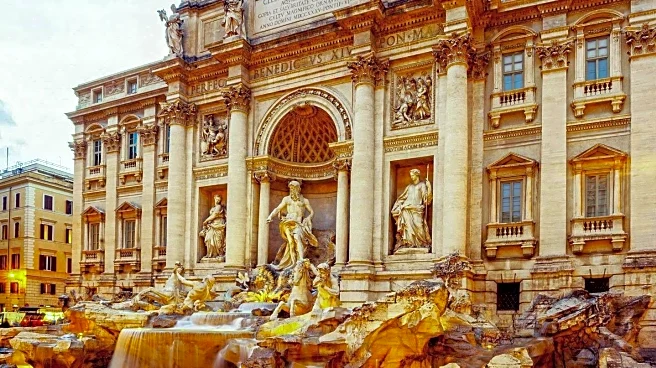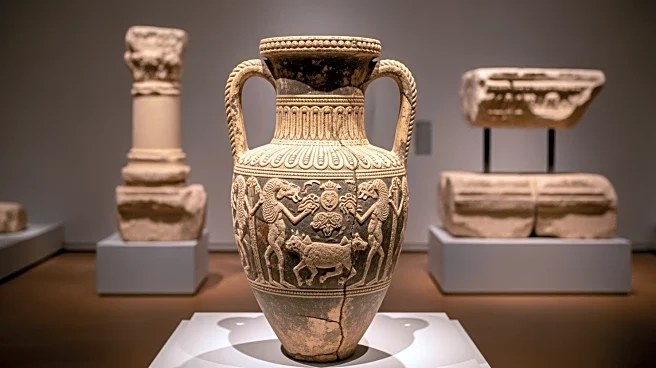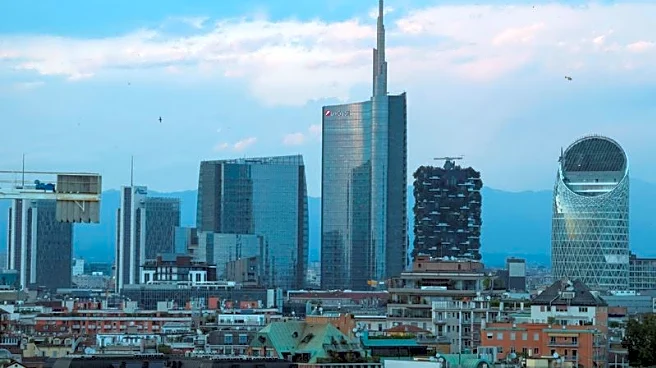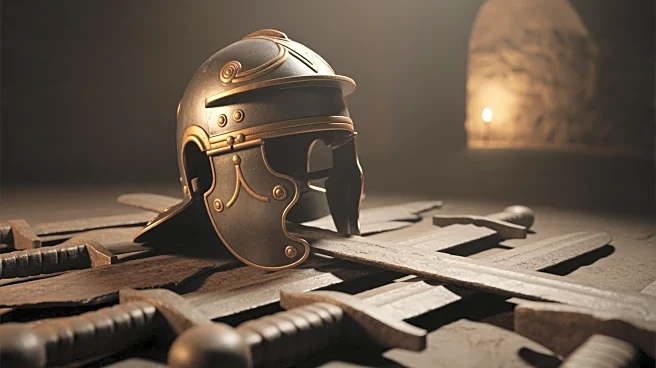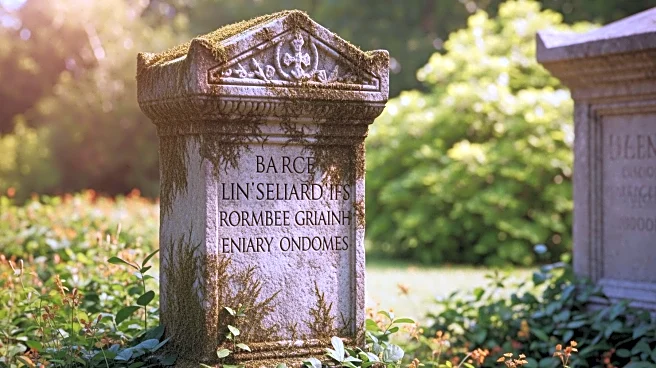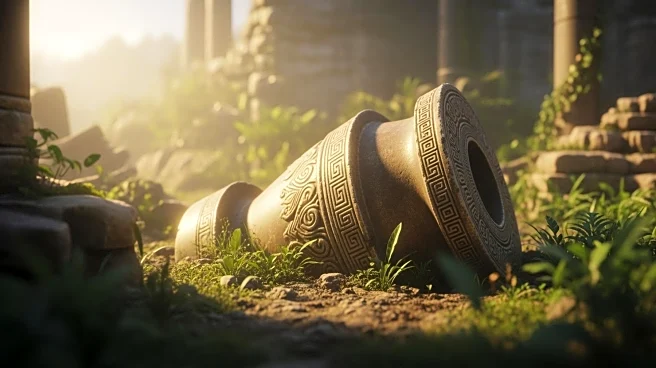What's Happening?
Archaeologists have uncovered a massive stone basin dating back to 250 B.C.E. in the ancient city of Gabii, near Rome. This discovery challenges the traditional narrative of Rome's humble architectural
beginnings, revealing early Roman grandeur influenced by Greek architecture. The basin, carved directly into bedrock, was likely part of Gabii's forum, a central public space. The ongoing excavation aims to uncover nearby plazas and possibly a temple, which could provide further insights into the city's historical significance and ritual practices.
Why It's Important?
The discovery of the ancient water basin in Gabii offers a rare glimpse into early Roman city planning and architectural influences. It highlights the impact of Greek architecture on Roman builders well before Rome's conquest of Greece. This finding could reshape historical understanding of Roman urban development and its cultural exchanges with neighboring civilizations. The excavation provides valuable information for historians and archaeologists, contributing to a deeper understanding of ancient Roman society and its evolution.
What's Next?
Researchers plan to continue excavating the area surrounding the basin, including a large stone-paved area. There are also plans to investigate a nearby building that may be a temple, which could explain some of the artifacts found in the basin. These efforts are part of a long-term focus on Gabii, designated as an archaeological park by Italy's Ministry of Culture. The findings could lead to new interpretations of Roman history and influence future archaeological studies in the region.
